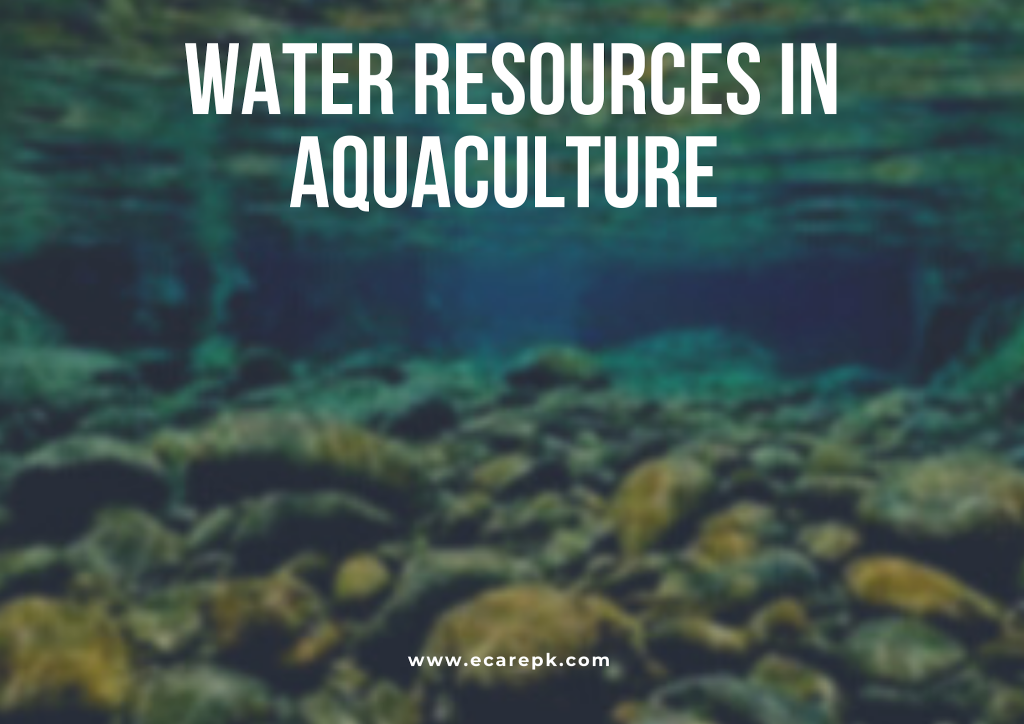The
fish performs its physical activities in water frequently. Because the fish is
completely dependent on water for feeding, growth, process of excretion of
waste products, process of reproduction and maintaining the balance of salt. It
is necessary to understand the physical and chemical properties of water for
successful aquaculture practice. Water has a specific heat capacity with far
reaching implications and can hold the greater amount of heat with a little
change of temperature. It allows a water body to act like buffer against wide
ups and downs of temperature. Rate of change of temperature depends upon the
size of pond and quantity of water. If the size of water body is larger, the
rate of change of temperature will be slower.
In
addition, aquatic organisms change their body temperature according to the
temperature of the water body therefore high speed changes in temperature are
not tolerable by them. Water possess very distinctive feature of density.
Maximum liquids solidify or acquire more density due to cooling. However, water
becomes denser when its temperature reaches up to about 39ºF. When it cools beneath that degree, it shows less density and
becomes solid after freezing at 32ºF. On developing into ice, volume of water
elevated to 11%. Increasing volumes prevent ice from sinking instead it floats
over water, a feature that prevents the water body from frozen solids .
There are two main types of water
supply for aquaculture, underground and surface water. Groundwater also known
as water of well or spring water mostly show variability in many features with
water on the surface. Subsoil or underground water is generally regarded as the
most important source of water for fish cultivation, as, on a given site, it is
generally consistent in quantity and quality.
According to Punjab
fisheries, for fresh water fish culture, tube well water and irrigation canal
water is best in quality and quantity. It also contains a large number of carnivorous/
trash fish.
© 2021 Niazi TV – Education, News & Entertainment
